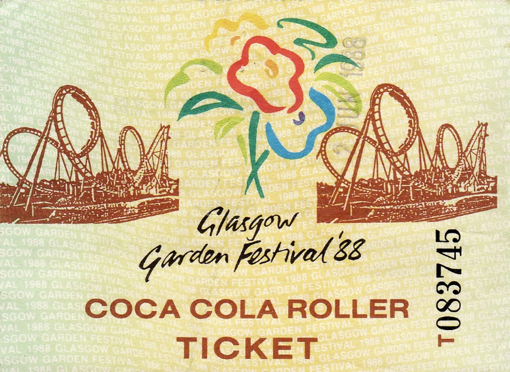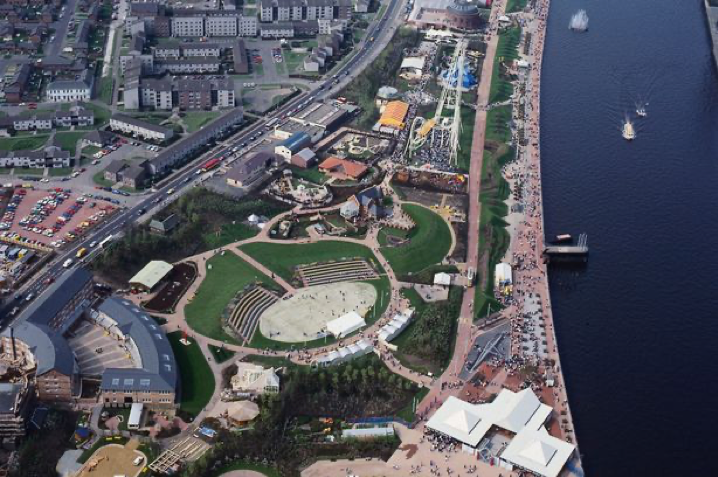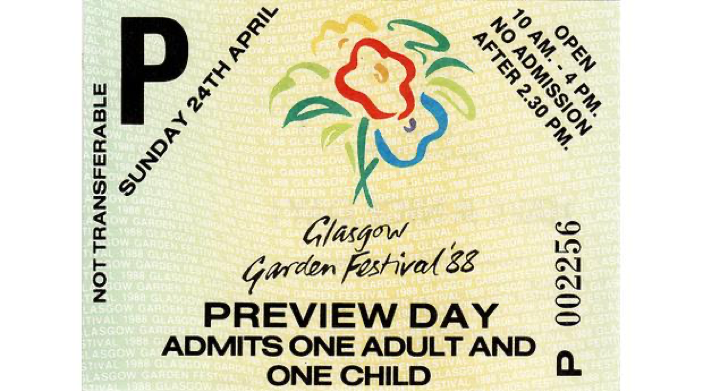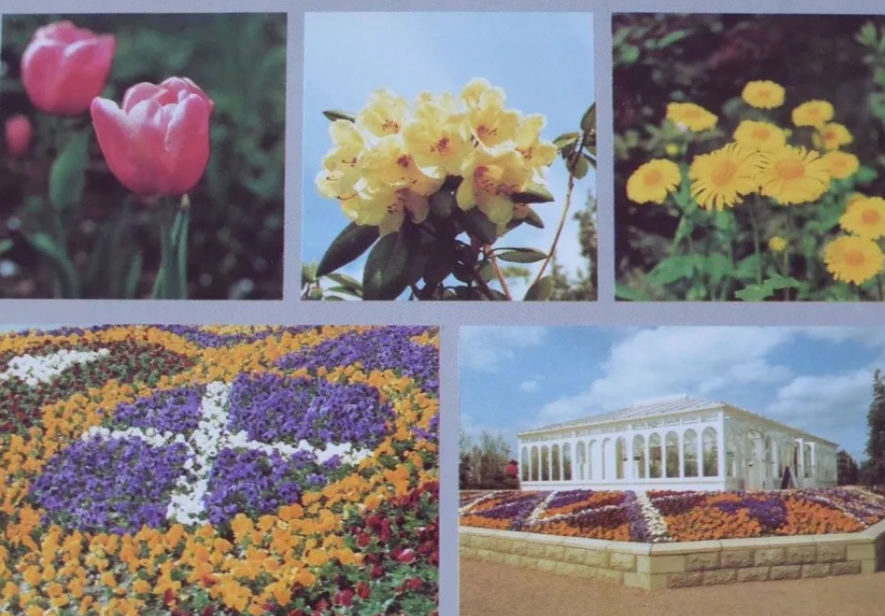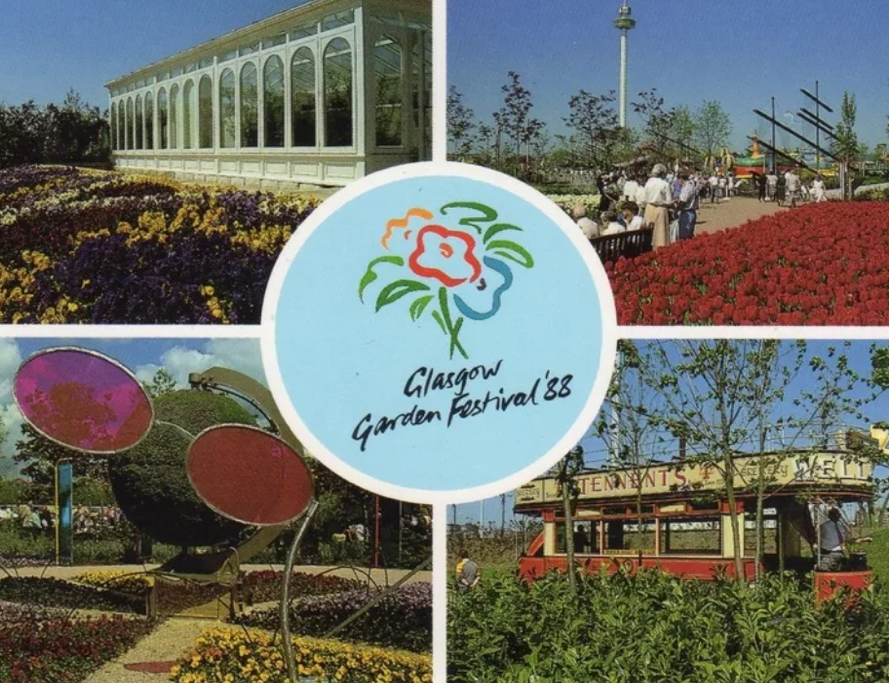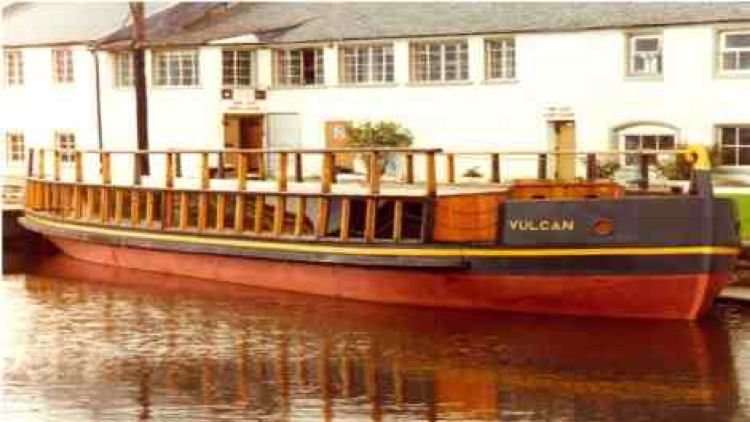Glasgow Garden Festival 1988
Article from Trolley - Summer 2018, The newsletter of the STG
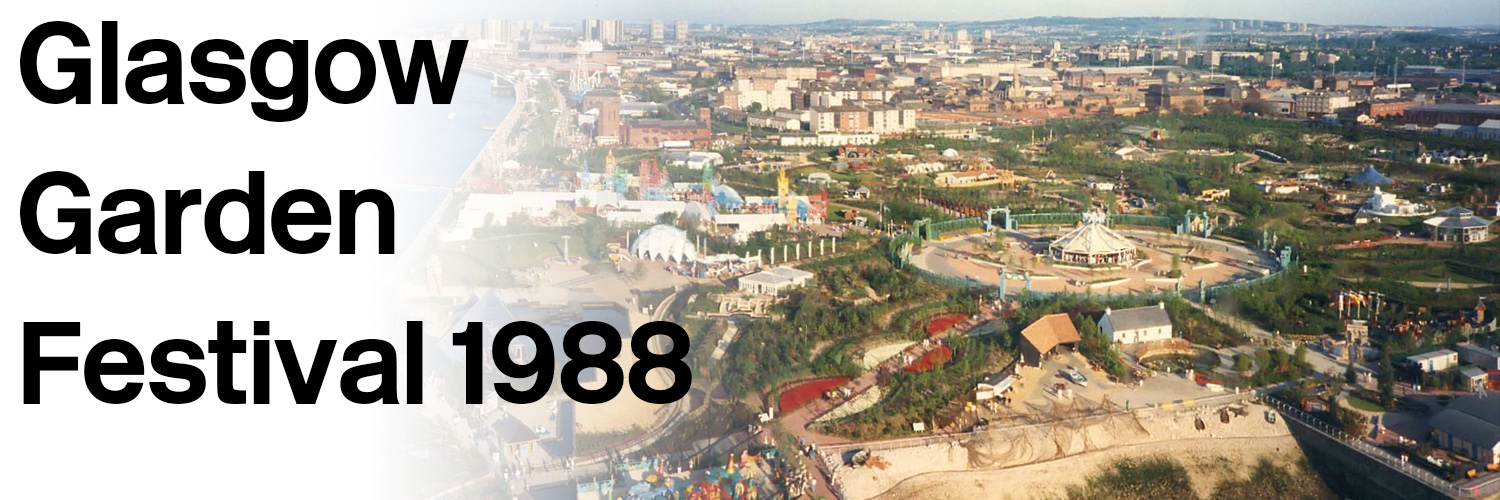
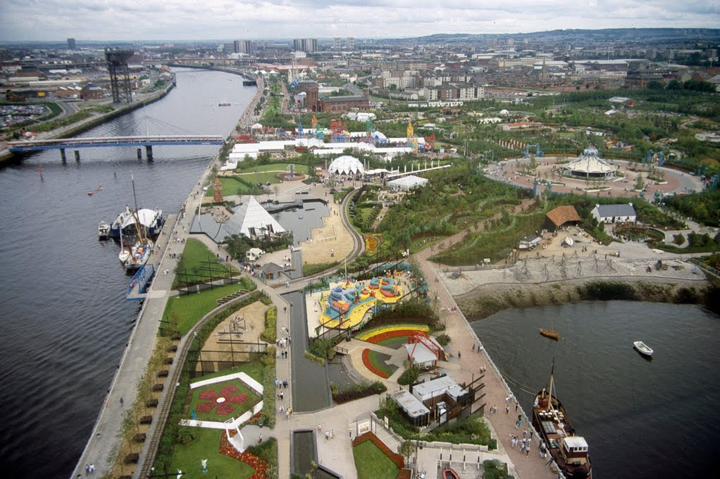 The Glasgow Garden Festival was the third of the five National Garden Festivals, and the only one to take place in Scotland. It was held in Glasgow between 26 April and 26 September 1988. It was the first event of its type to be held in the city in 50 years, ever since the Empire Exhibition of 1938 and also marked the centenary of Glasgow's first International Exhibition, the International Exhibition of Science, Art and Industry of 1888. It attracted 4.3 million visitors over 152 days, making it by far the most successful of the five National Garden Festivals.
The Glasgow Garden Festival was the third of the five National Garden Festivals, and the only one to take place in Scotland. It was held in Glasgow between 26 April and 26 September 1988. It was the first event of its type to be held in the city in 50 years, ever since the Empire Exhibition of 1938 and also marked the centenary of Glasgow's first International Exhibition, the International Exhibition of Science, Art and Industry of 1888. It attracted 4.3 million visitors over 152 days, making it by far the most successful of the five National Garden Festivals.
The festival site was created on derelict dockland, formerly the Princes Dock, with additional land to the south towards Govan Road and east towards Paisley Road Toll and the Kingston area attached. Two new bridges were constructed to link the site one being the Bells Bridge across the river Clyde, connecting the site to the north of the river at the then SECC centre and The British Steel Harbour Bridge across the opening to the former docks to allow pedestrian circulation and for the train service to run around the marina area created from the former docks.
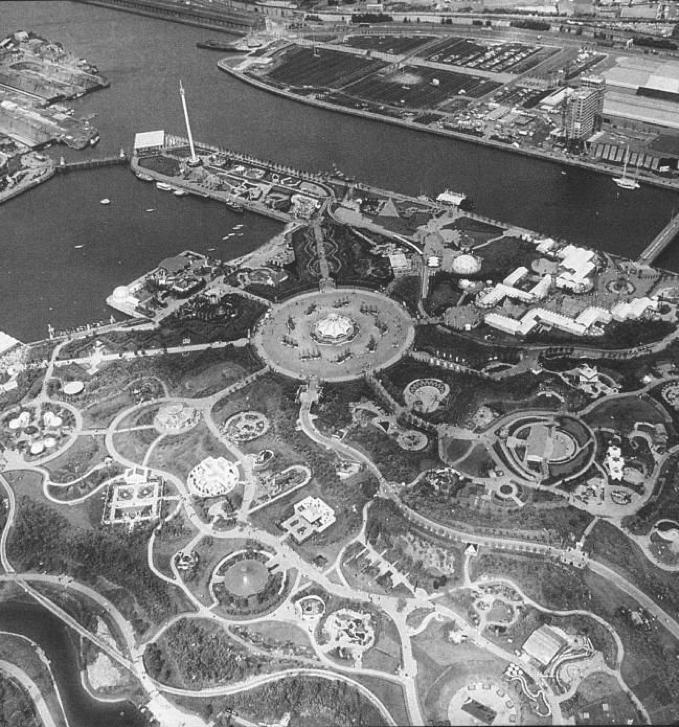 Along with the many features constructed for the exhibition one of the most popular was the tramway created to link the entrance of the site to the centre of the exhibition and connect up with the railway. During VIP visits, especially, the opening ceremony, the tram was the transport of choice and became a very popular photo shoot for visitors to be seen on. There were five trams eventually selected for the tramway and over the period of the festival covered many thousands of journeys around the site with little disruption to services for passengers.
Along with the many features constructed for the exhibition one of the most popular was the tramway created to link the entrance of the site to the centre of the exhibition and connect up with the railway. During VIP visits, especially, the opening ceremony, the tram was the transport of choice and became a very popular photo shoot for visitors to be seen on. There were five trams eventually selected for the tramway and over the period of the festival covered many thousands of journeys around the site with little disruption to services for passengers.
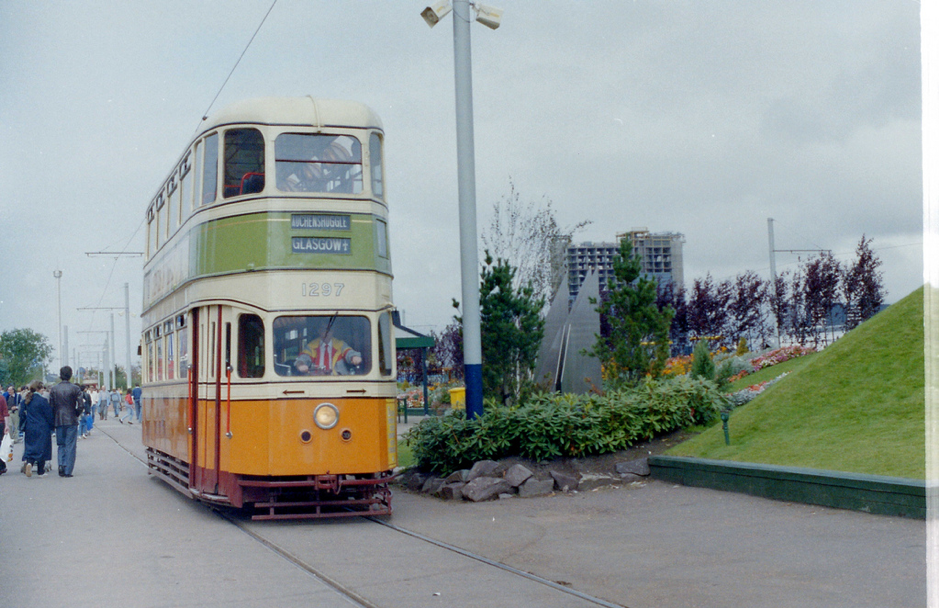
Glasgow Cunarder Tram No 1297
This was the youngest of all the trams to operate within the festival site, although by only a few months. Like Edinburgh’s 35 tram it was built in 1948 in the tramways Coplawhill works and came into service a few months after 35. It underwent a restoration programme and was loaned by the National Tramway Museum, Crich, for the festival. After the festival it returned to the museum and has been in use on several occasions since, in particular on the anniversary event at the museum to celebrate the 50th anniversary of the closure of the Glasgow tramway in 2012.
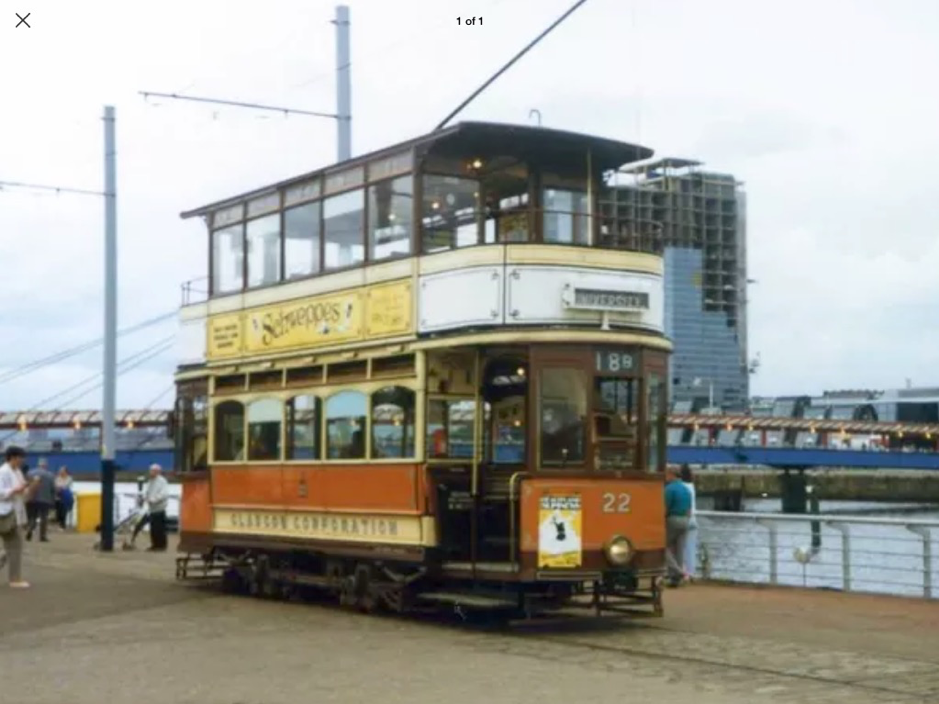
Glasgow Standard Tram No 22
This was by far the most popular of the trams in use within the festival site. Not only by the many visitors but was the tram of choice for the VIP’s visiting the site and was used for the inaugural opening tram ride by the Prince and Princess of wales. Built in 1922 within the Coplawhill works of the corporation it was fully refurbished prior to moving to the National Tramway Museum, Crich, in 1963. Its popularity was primarily because of its open vestibule on the upper deck. After the festival it returned to Crich and is in regular use their during the season. .
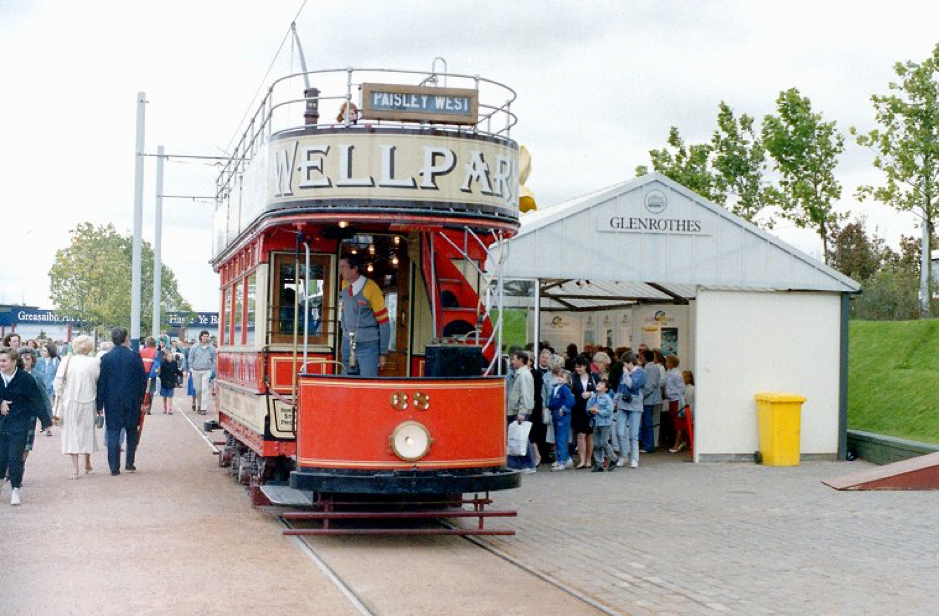
Paisley Tram No. 68
This tram has a more local North Lanarkshire connection having been built by the Motherwell tram manufacturers Hurst Nelson Ltd in 1919. During its lifetime it has had several changes made to it. Originally constructed as an open top double decker for Paisley Tramways in 1923 after Glasgow Tramways took over the system it was converted to a single decker tram for passenger service. Once the Glasgow system was closed it went to the National Tramways Museum, Crich where it was restored back to its original open top design. After the festival it returned to Crich and is in regular use during the season there.
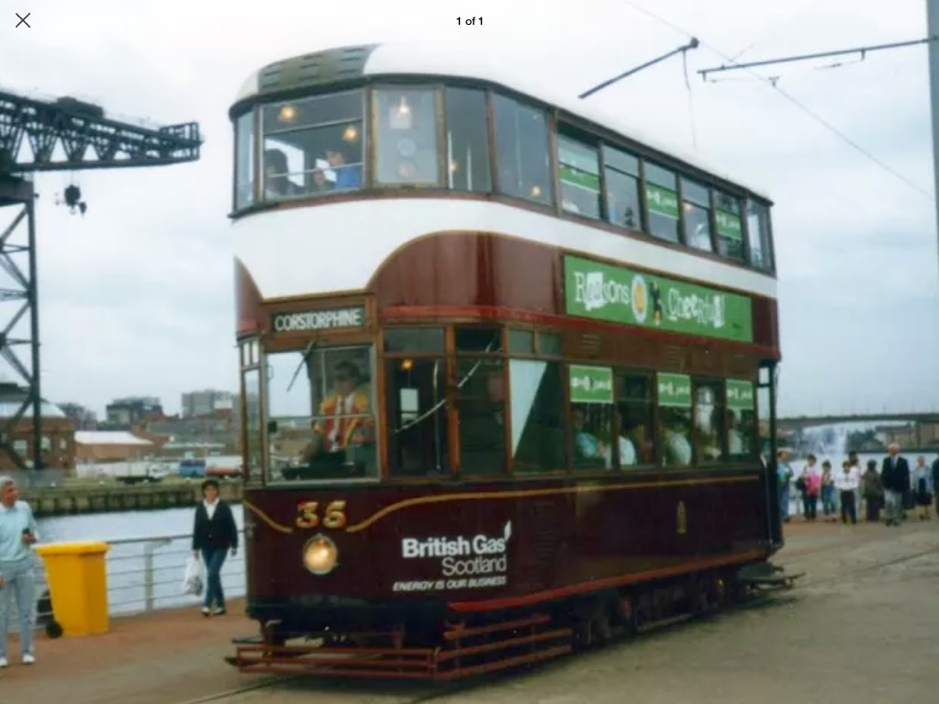
Edinburgh Tram No. 35.
Edinburgh invested in new tram after the second world war in an attempt to rejuvenate its system, unfortunately within a very short period of time the decision was taken to close the system. No 35, known as the Shrubhill Class of tram, was built for the corporation tramway in 1948 by their own workshops and after closure was stored in the Corporations Transport Museum until it was given on loan to Blackpool Corporation to add to their heritage fleet. After refurbishment it operated within the Festival Site and later returned to Blackpool. .
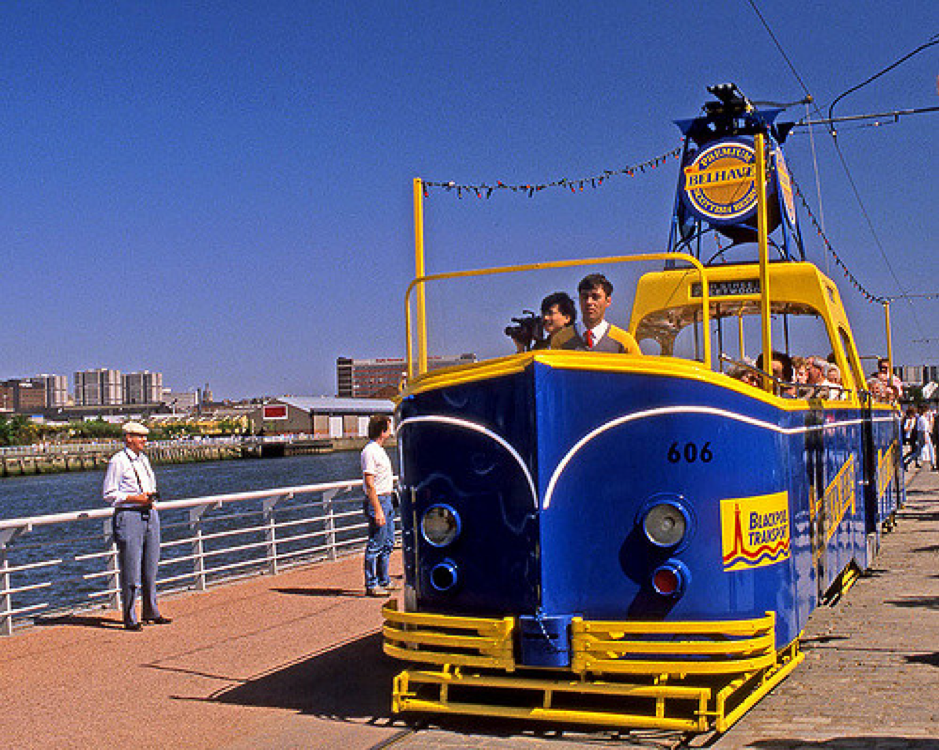
Blackpool Boat Tram No 606.
During the 1930’s Blackpool Corporation Tramways invested substantial funds into modernising their fleet and as a result several open boat trams were built. No 606 built in 1936 by the English Electric Company for the Corporation Tramway was completely refurbished and given a new colour scheme for the festival. It can still be seen operating in Blackpool as part of their heritage fleet events throughout the summer.
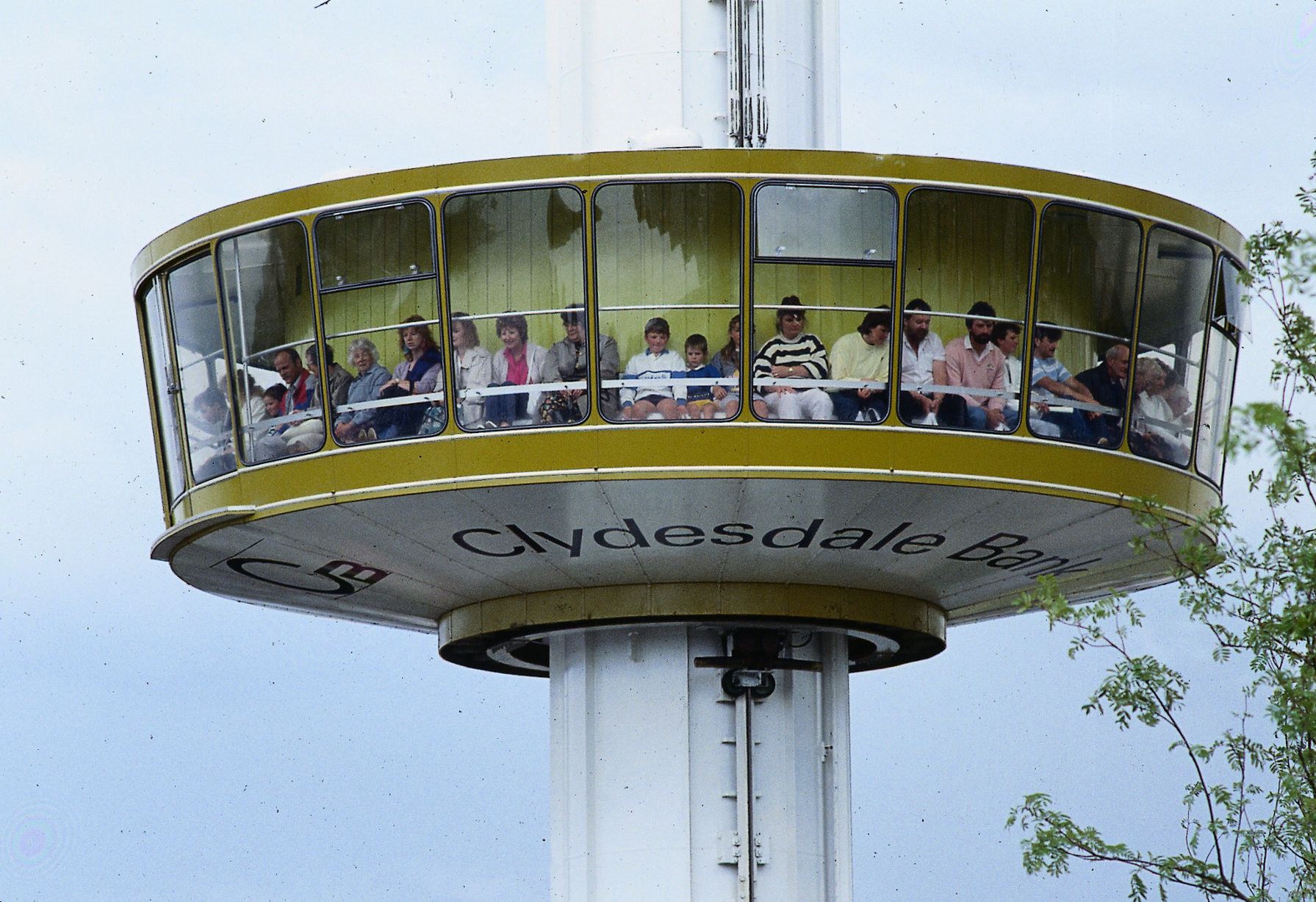
The Clydesdale Bank Tower
Another ride and attraction very popular during the festival. After the festival it was dismantled and re erected on the seafront at Rhyl on the north Wales coast, where it can still be seen today.
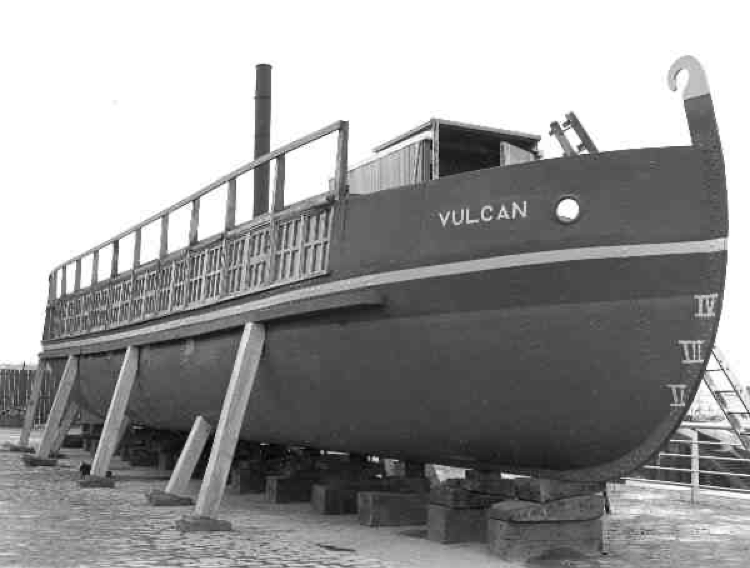
The Vulcan Canal Barge
Monklands District Councils display of the replica of the Vulcan Barge’ This sat within a ship building display which included the Boat Shed demonstrating boat building techniques. The buildings were relocated onto the Summerlee Museum site along with the barge after the closure of the festival and can be seen adjacent to the Howes basin on the canal within Summerlee.
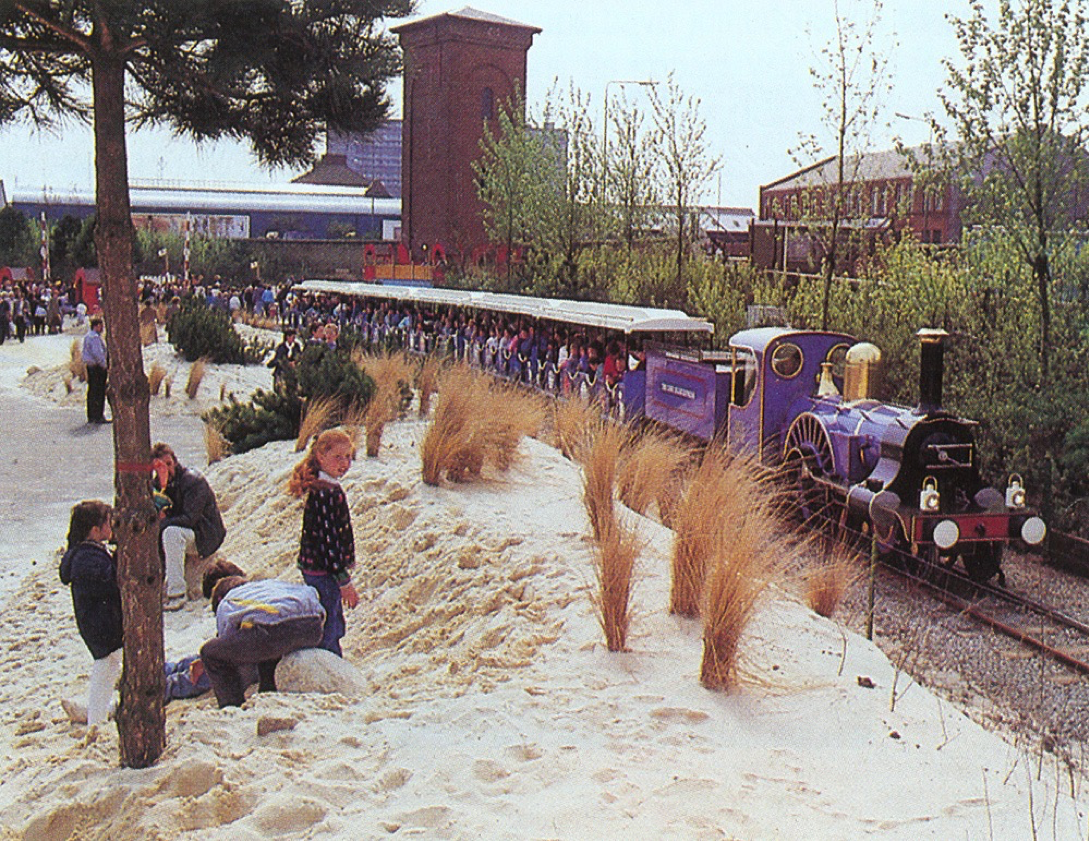
The Railway System
This is one of three replica steam engines used on the festival site, although there were actually diesel-powered engines fitted. The train journey took visitors around the western end of the festival site around the marina via the British Steel Bridge and was provided with three stations to allow the passengers to get off at the various attractions. .
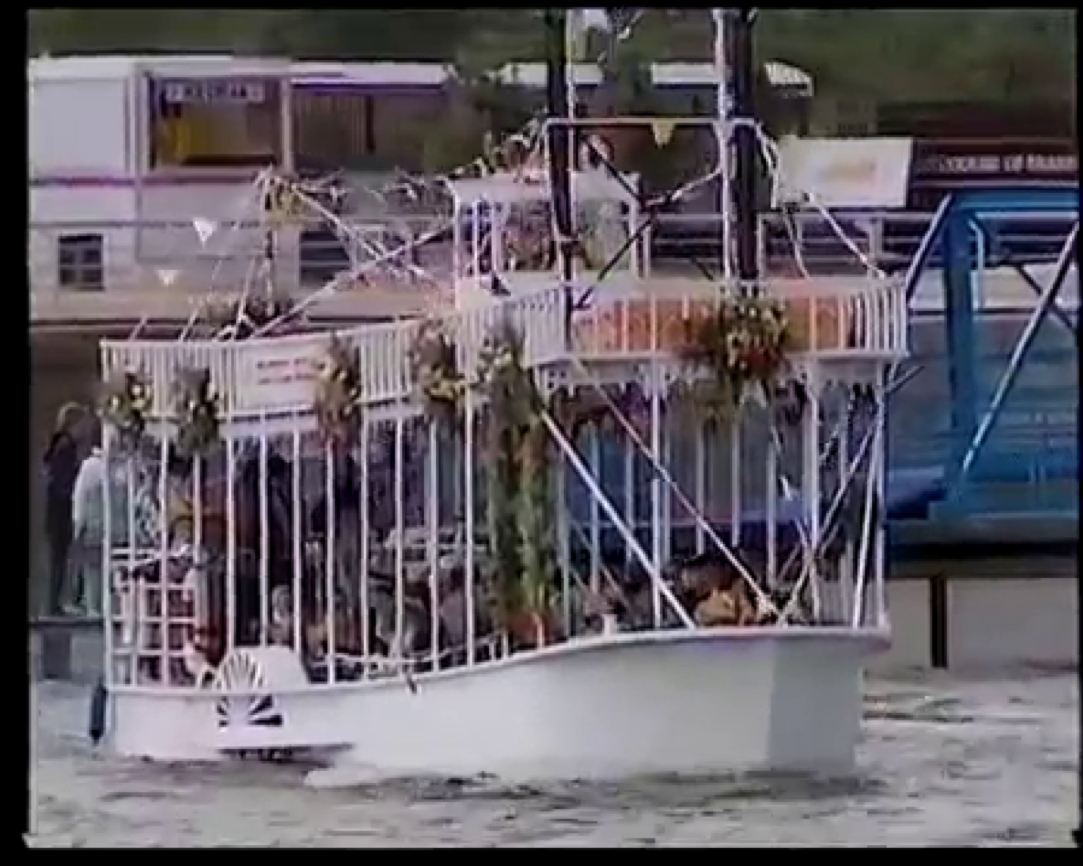
Marina Boat Trips
Several boat rides and trips were available to visitors in and around the marina area. One of the most popular was the Southern Bell, a scale replica of a Mississippi steam paddle boat. There were also a spectacular Scandinavian long boat and a barge converted for the use of wheelchair or mobility restricted passangers. .
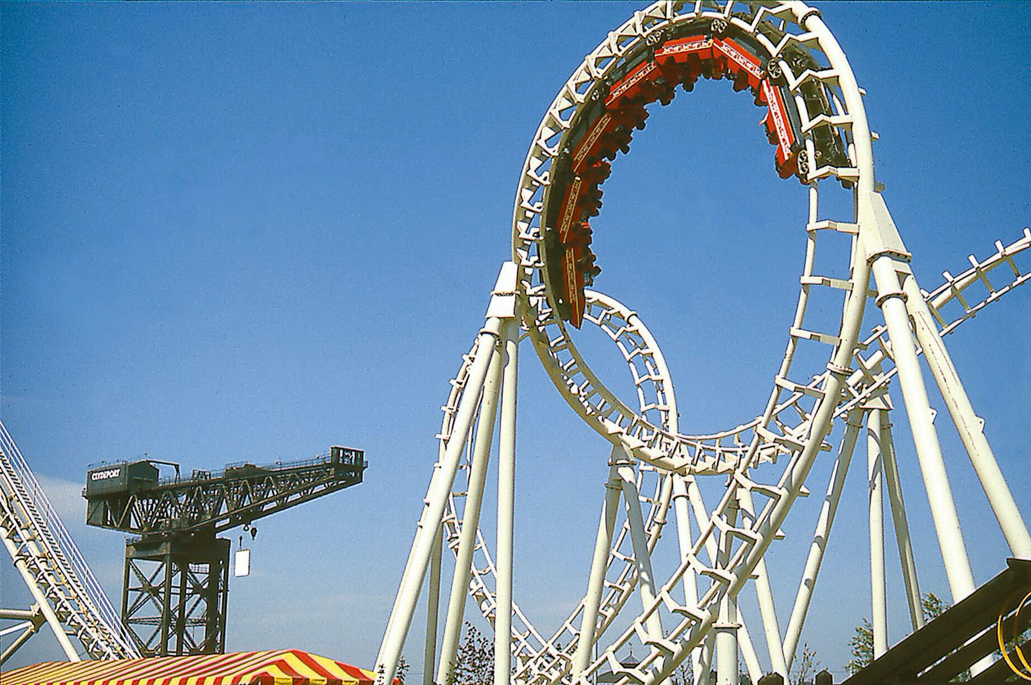
The Coca Cola Ride
The roller coaster was first opened in 1988 as the Coca-Cola Roller at the Glasgow Garden Festival. That same year it was sold to the American Adventure in Derbyshire under the name Missile. It stayed at the park until the 2005 season, when it was closed down, dismantled, and taken to Pleasurewood Hills. It did not open during the 2006 season due to planning problems. It opened for the 2007 season under the name "Wipeout". It has a surfer theme and is painted blue.
